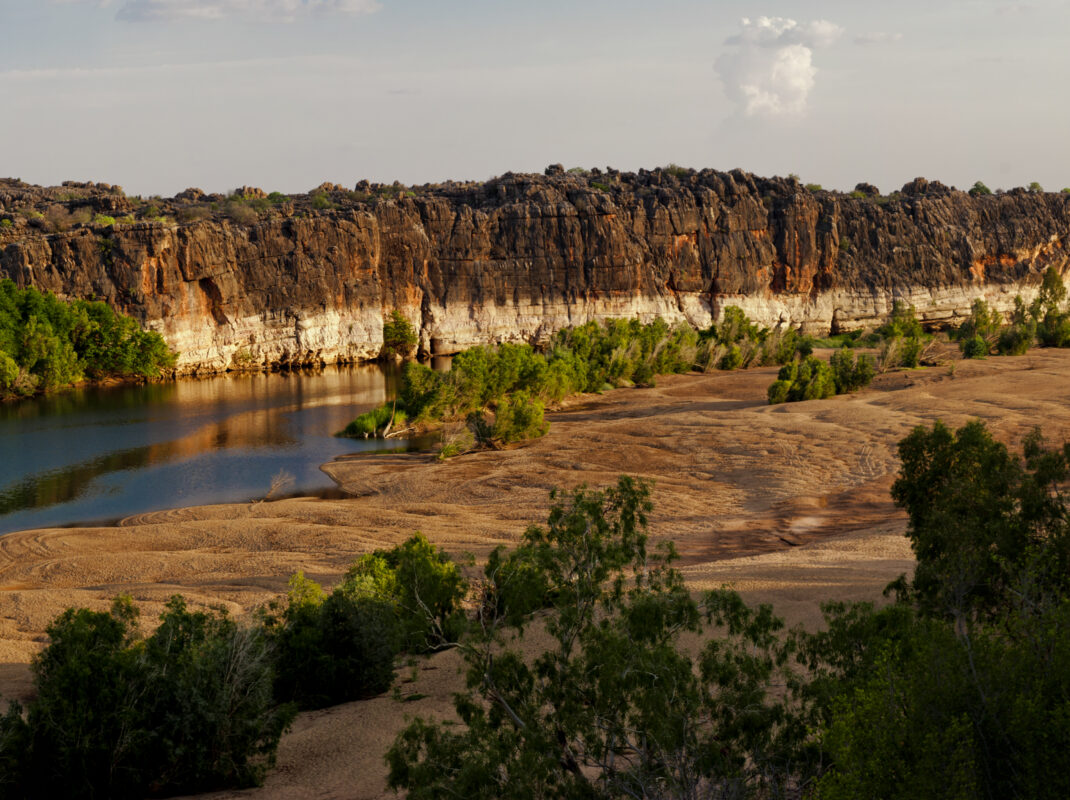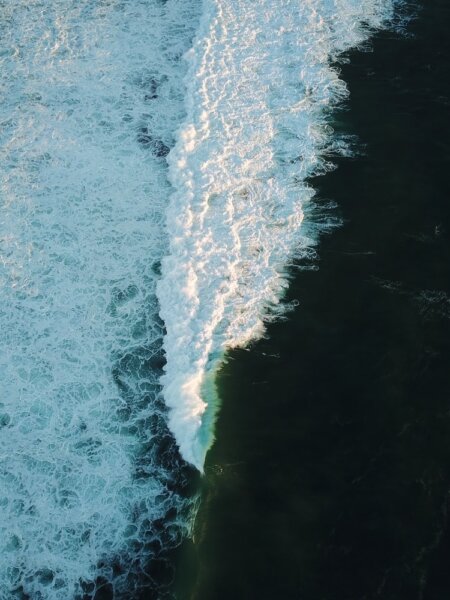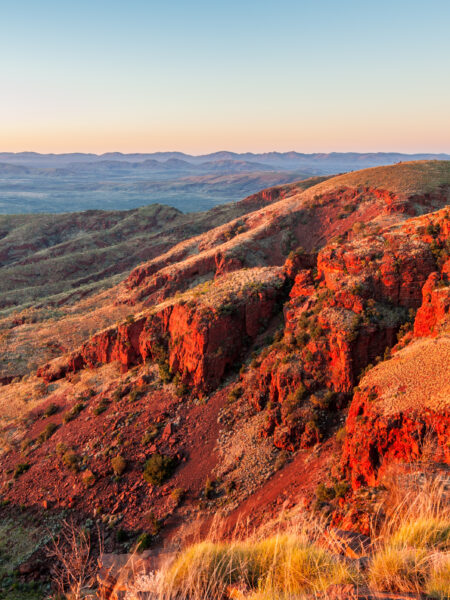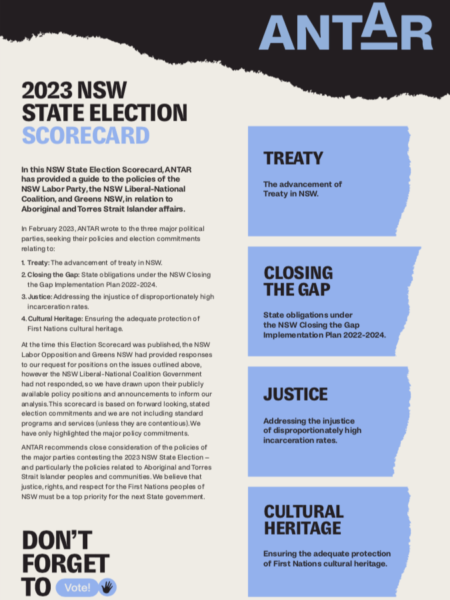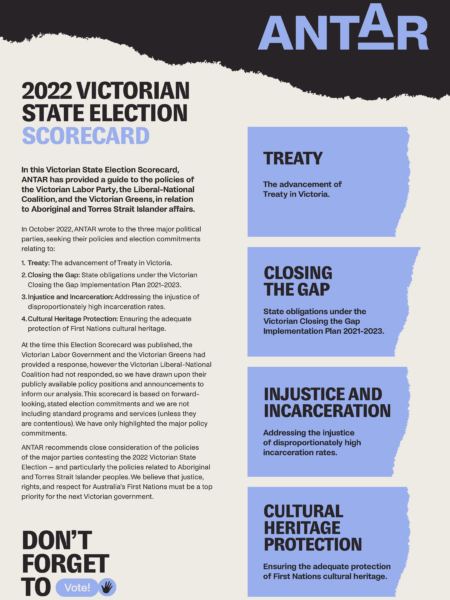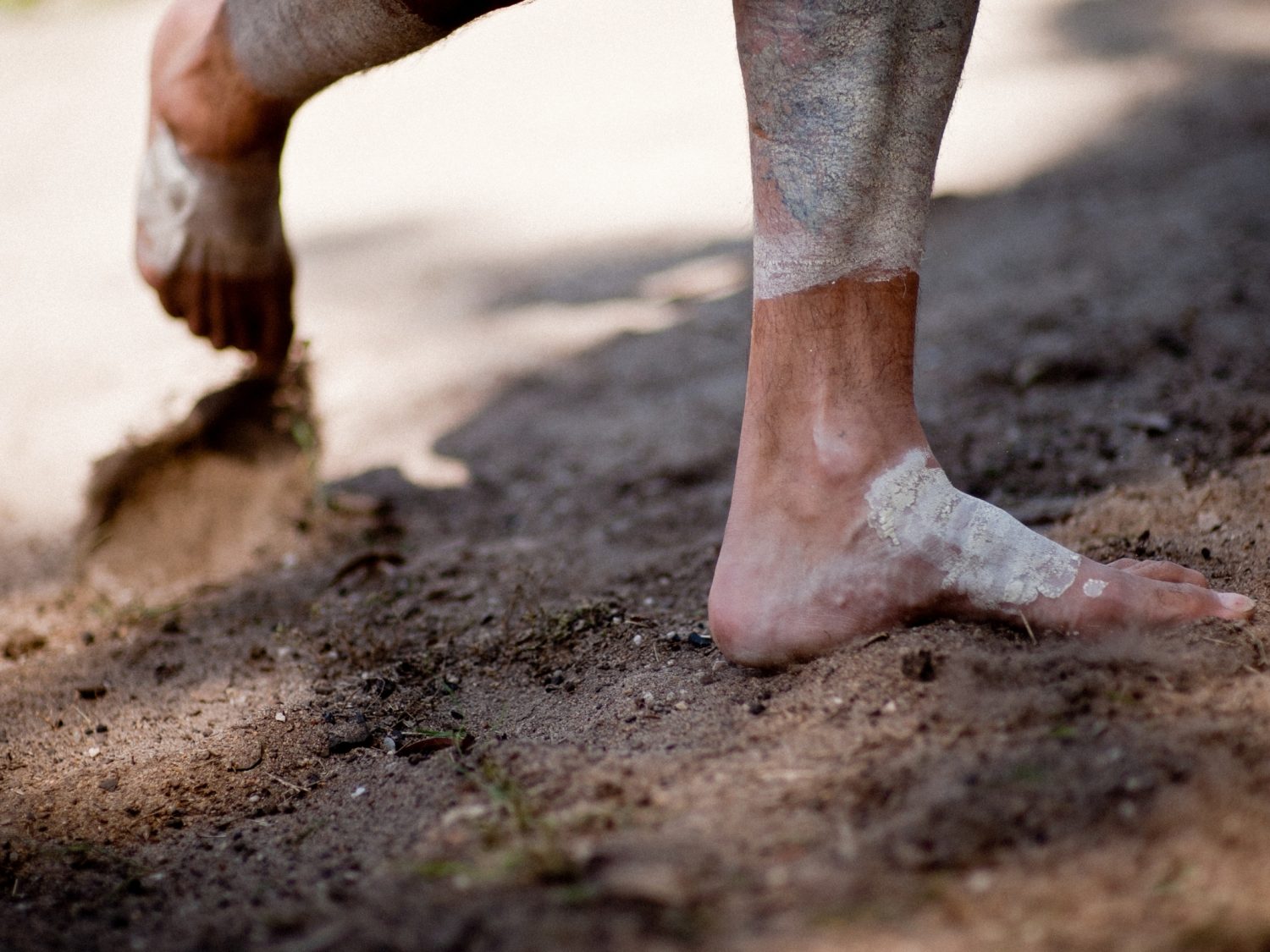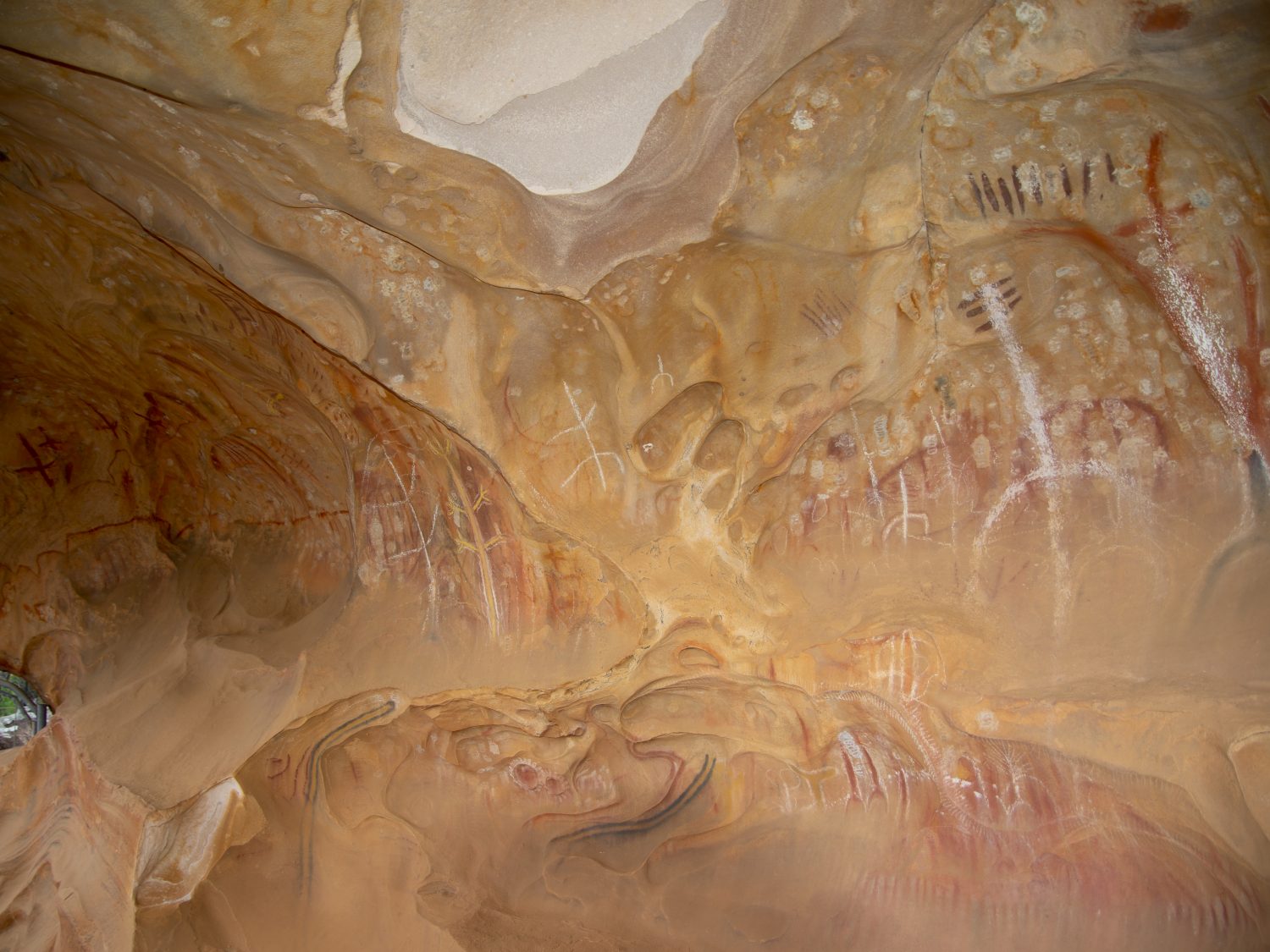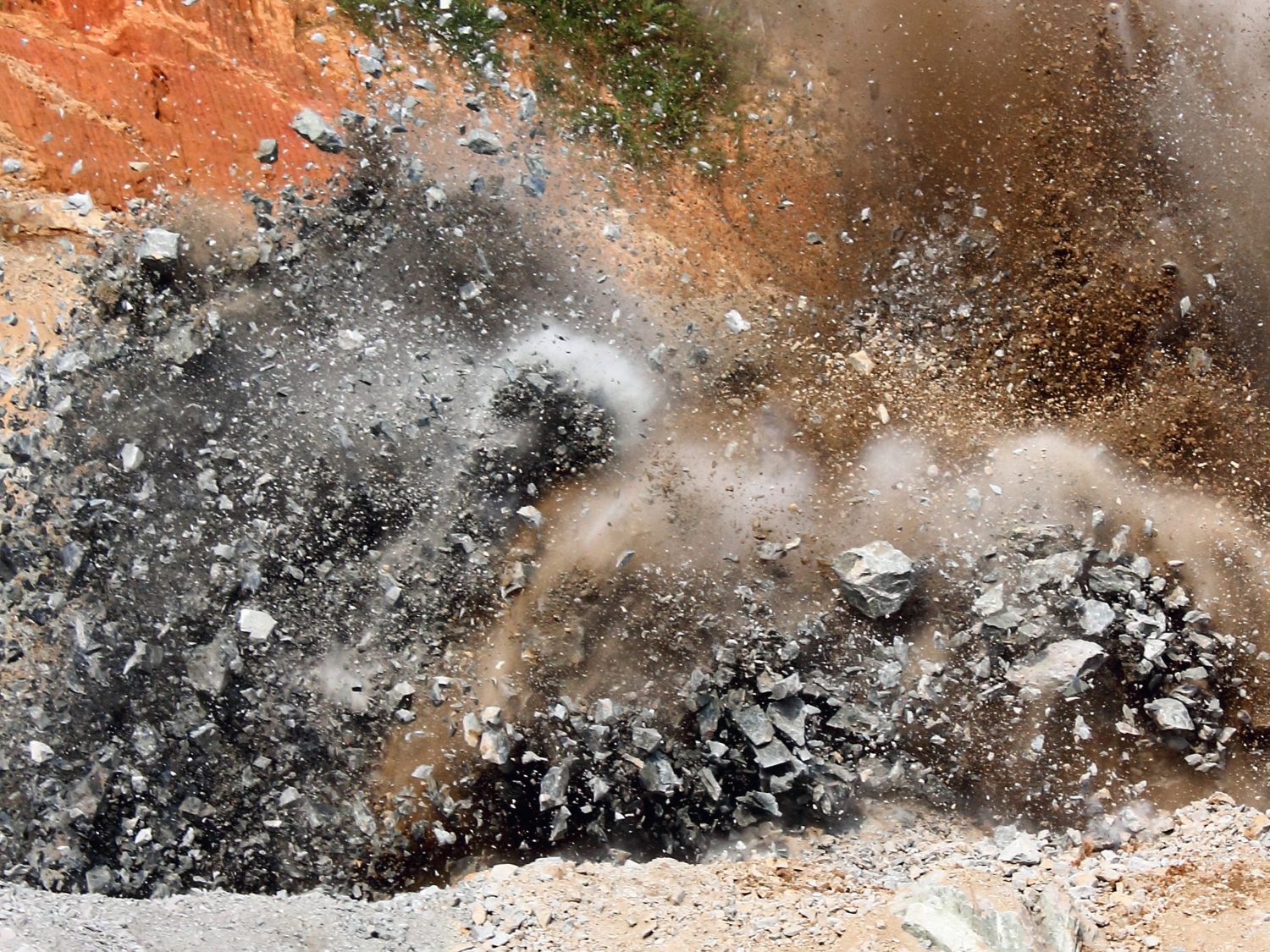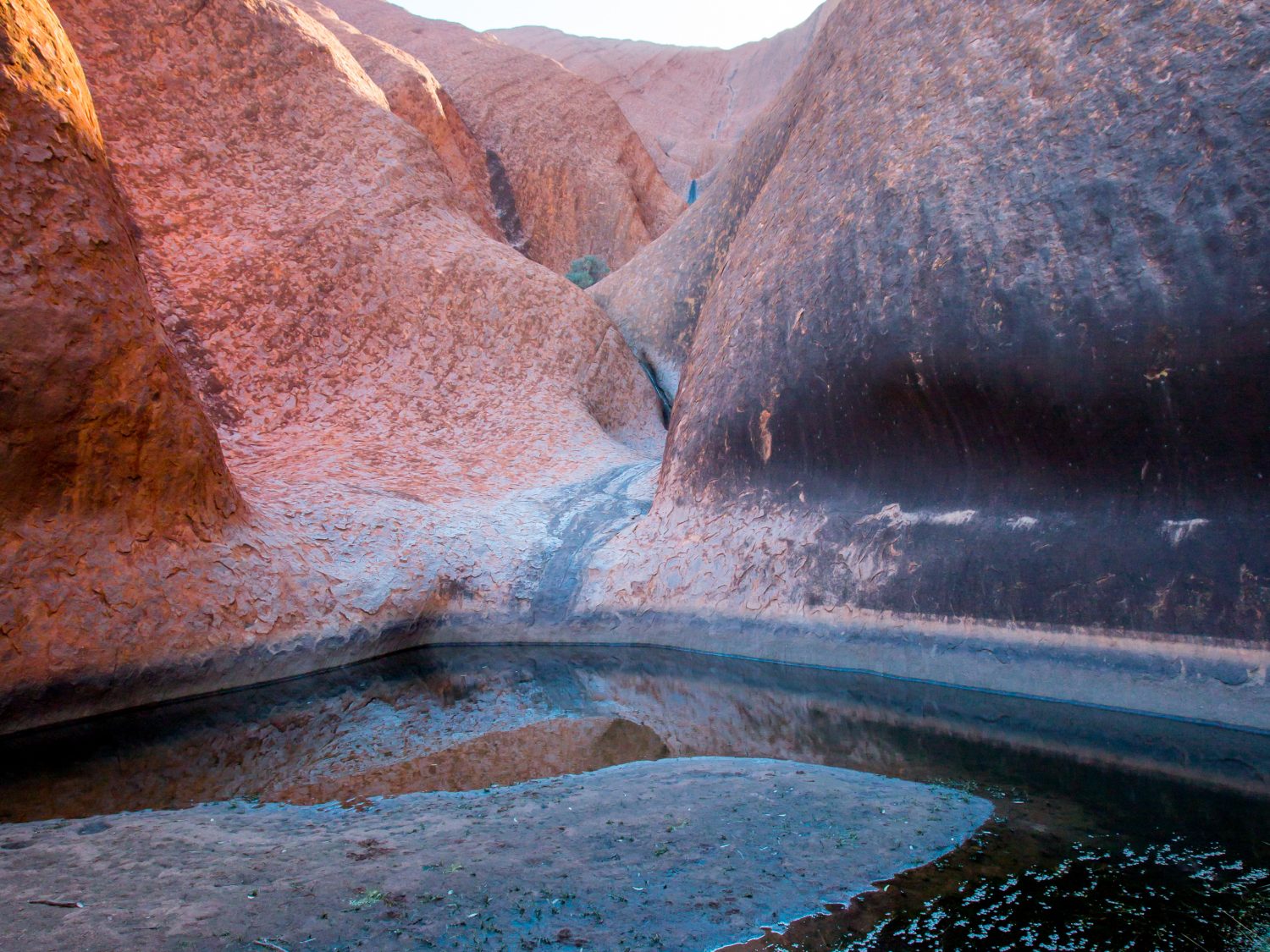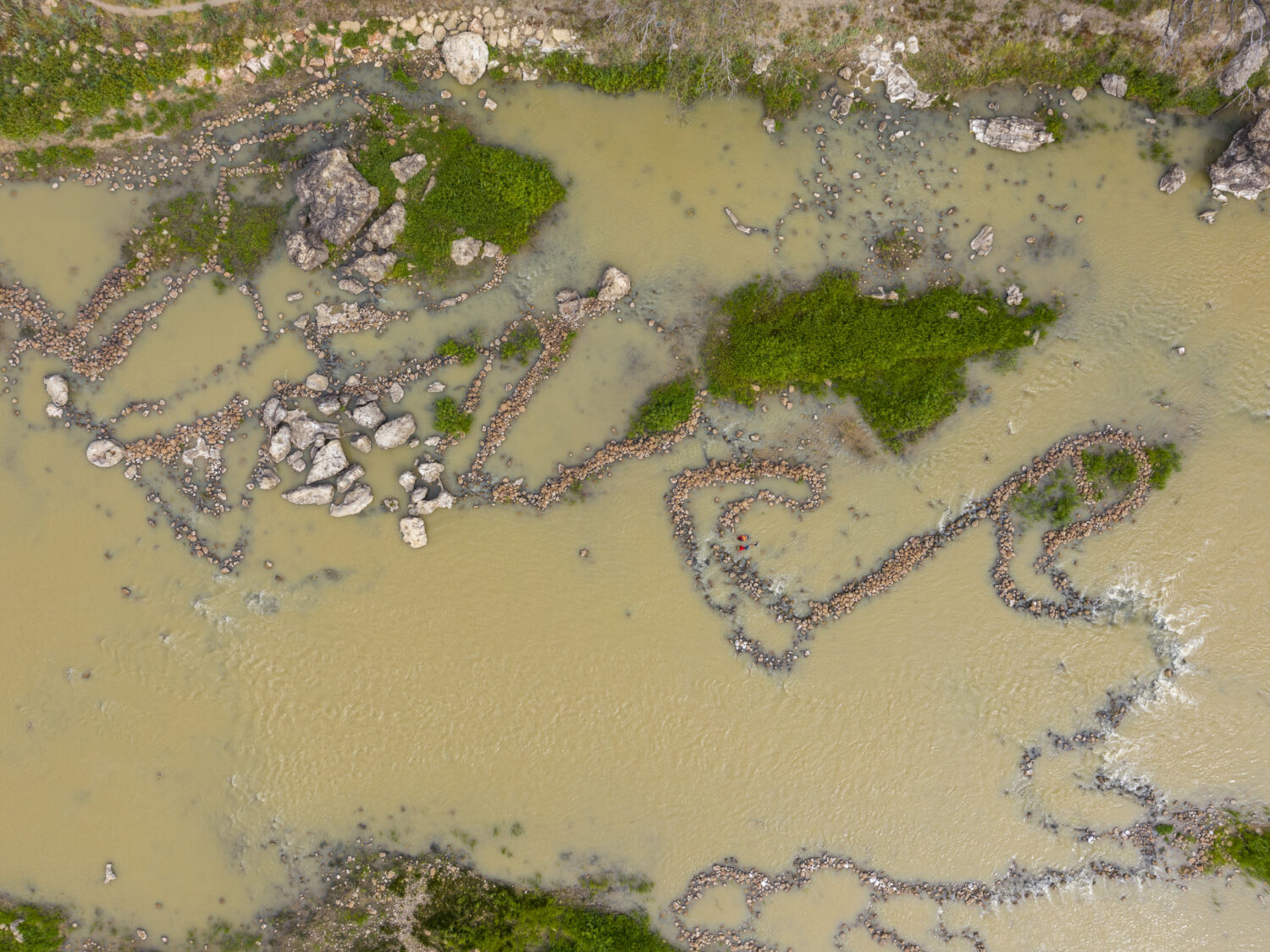The state has now seen a return to its 1972 Aboriginal Heritage Act, with some amendments, and a First Nations cultural heritage ‘system’ that continues to disempower First Nations people and make legal the destruction of their sacred and culturally significant sites.
BACKGROUND
Western Australia (WA) is home to some of the oldest sites of human existence on earth along with some of the world’s richest mineral deposits. It is also home to the Martuwarra / Fitzroy River and its catchment which support a rich and unique biodiversity of aquatic and terrestrial life with national heritage listed natural and cultural values. The Martuwarra – a living ancestor to First Nations Peoples – is at risk from mining, water extraction and fracking.
As an indication of how weak cultural heritage protection has been in Australia, the 1972 Aboriginal Heritage Act AHA (WA) was considered to be comprehensive legislation compared to that of other jurisdictions. The AHA emphasised the importance of First Nations tradition, culture and heritage to contemporary First Nations people rather than being merely matters of archaeological or scientific interest. It also mandated that it was an offence to damage a First Nations site. However, under the Act, parties can also apply to use the land in a way that may cause damage. In practical terms, the Act’s use has facilitated the legally-authorised damage of First Nations sites more often than it has provided preservation.
An amendment took effect in 1980, shortly after a two-year stand-off between the WA government and a First Nations community objecting to drilling for oil on sacred sites where they lived on the vast Noonkanbah station in northern WA. At the time of Noonkanbah, the AHA consent process was the responsibility of the WA Museum Trustees. The Trustees refused consent to the American mining corporation involved but were directed by the government to consent to the impacts. The 1980 amendment transferred the consent power to the relevant Minister where it has remained to this day. John Southalan offers a detailed analysis of the history of the Act.
Heritage: a clash of worldviews
In many ways, what debates and disagreements over cultural heritage protection reveal is not just competing interests between extractive industries and private landowners/farmers on the one hand and First Nations peoples on the other; these conflicts also make visible the fundamentally different worldviews and relationships to land, water, rocks, soil, and other elements of the environment around us, as well as differing views on what constitutes ‘cultural heritage’ or a ‘living entity’.
This clash of worldviews is apparent in the most recent challenge to WA’s amended 1972 Act, in which a private landowner is being charged for constructing a crossing over a waterway using sand, rocks and metal on his property. While the property owner claims the works were to repair a pre-existing culvert on the property, Ballardong man Rod Garlett explained that the waterway is connected to Wagyl, a Rainbow Serpent sacred to Noongar people, and is one of the Avon river’s tributaries, which are like veins in a human body, providing life to the land.
“If your vein is blocked you become sick, your body doesn’t work,” Garlett said. “That slow water that comes from tributaries are places where mothers would give birth to children … they are places for ceremony.”
The case also reveals the inadequacy and limitations of using Western frameworks and legal systems to protect First Nations cultural heritage. Under the Aboriginal Heritage Act, heritage sites are delineated and classified according to different categories. But in First Nations cultures and worldviews, these categories cannot be separated from one another.
They are all connected, and they have been for 65,000 years. It’s about life, it’s about mother earth. It’s about a living, breathing entity that we live on today.
Rod Garlett
Section 18
Section 18 of the AHA is particularly problematic and is responsible for the legally-authorised damage to and devastation of First Nations cultural heritage sites that we have seen time and time again, including the now globally criticised destruction of 46,000-year-old culturally significant caves at Juukan Gorge in 2020 by mining company Rio Tinto.
Most egregiously, the statute allows miners and private landholders to apply for ministerial consent to use land in a way which may damage or destroy First Nations sites. If the Minister consents, parties may gain immunity from committing any offence under the Act (section 18).
The WA Supreme Court has explained the Section 18 consent process as giving ‘a right to do what would otherwise be a criminal act, [but which] does not provide a “blanket clearance”’. Statistics drawn from Parliamentary Hansard and Government information on how the Act has worked show that more than 3,300 applications have been made under Section 18 of the Act for consent to damage sites, with more than 914 cases being granted consent. Furthermore, it has been found that the Department overseeing the Act ‘has not effectively monitored or enforced compliance with conditions’, meaning many other heritage sites have been lost or damaged without the State’s knowledge or action.
The Aboriginal Cultural Heritage Act 2021
In March 2018, then Minister for Aboriginal Affairs, the Hon Ben Wyatt MLA, announced the launch of the review of the 1972 Act. In November 2021, the Aboriginal Cultural Heritage Bill 2021 was introduced after six years in development. It was intended to represent a ‘fundamental shift’ in the approach to, and protection of, First Nations heritage in Western Australia. It was conceived of as a modern piece of legislation with three key focus areas: Aboriginal voices, improved protection, and better decisions. Having passed both houses, it was given royal assent on 22 December 2021 and fully commenced in July 2023.
But in the eyes of many stakeholders – from Traditional Owners and their communities to legal and academic professionals and even the United Nations – the Aboriginal Cultural Heritage Bill involved serious breaches of Australia’s international human rights commitments, including commitments made under the UN Declaration on the Rights of Indigenous Peoples (UNDRIP), and was incompatible with Australia’s obligations under the Convention of the Elimination of All Forms of Racial Discrimination. An open letter signed by many First Nations individuals, advocates and cultural heritage experts made clear that the Bill was “weighted against Indigenous custodians”. WA Senator and Yawuru man Patrick Dodson described the legislation as the tyranny of cultural genocide.
Just five weeks after its commencement, the Aboriginal Cultural Heritage Act 2021 (WA) (ACH Act) was repealed, though not for the reasons many First Nations peoples and advocates would have hoped. Despite the very many legitimate human rights and cultural heritage concerns put forward by the First Nations community, WA Premier Roger Cook instead privileged the perspectives of pastoralists and private land owners for whom the Act was said to be divisive, confusing and stressful.
As of 15 November 2023, it was replaced by an amended version of the Aboriginal Heritage Act 1972 (WA) – the very legislation it was intended to overhaul.
Key changes to the 1972 Act
Amendments to the Original 1972 Act sought to improve the Act in four main ways:
- Extending the right of review of a section 18 decision so that native title parties who are aggrieved by a decision of the minister under a section 18 consent can apply to SAT for a review of the decision;
- Introducing ongoing notification obligations that place specific obligations on landowners to notify the minister and allow the minister to respond promptly to new information about Aboriginal cultural heritage site;
- Nullifying any provision in a contract or agreement that prohibits a native title party from seeking to be heard for an application for a section 18 consent; and
- Ensuring greater representation of First Nations people in the Aboriginal Cultural Heritage Committee by requiring, as far as practicable, that the majority of members of the ACHC be of Aboriginal descent and that the gender composition of the Committee be balanced.
Even with the amendments, the outdated and racist 1972 Act continues to fall dramatically short of national and international best practice standards in relation to cultural heritage protection. The Aboriginal Cultural Heritage Act placed certain consultation obligations on parties which went some way to embedding elements of free, prior and informed consent (FPIC) – a key principle enshrined in UNDRIP – in the authorisation process. The amended 1972 Act makes no express provision for consultation with First Nations groups in the section 18 process, effectively excluding the voices and interests of Traditional Owners. It also keeps the power to consent to development of and damage to heritage sites with the Minister.
In the Federal Parliament Joint Standing Committee on Northern Australia’s final report into the destruction of cultural heritage sites at Juukan Gorge, it identified that the 1972 Act ‘became, in practice, a mechanism through which the disturbance, damage and destruction of both physical and intangible Aboriginal cultural heritage has repeatedly taken place’. It is to this reality that the amended 1972 Act returns us.
Impact on First Nations Peoples
While many First Nations individuals and advocates were unhappy with the Aboriginal Cultural Heritage Act 2021, many still feel betrayed by its repeal.
Traditional owners of Juukan Gorge caves Puutu Kunti Kurrama and Pinikura (PKKP) say they are devastated and angry at the backlip to the 1972 Act. PKKP’s land and heritage manager, Jordan Ralph, says reverting back to culturally inappropriate 1972 legislation is among the worst decisions for First Nations cultural heritage protection this country has seen.
First Nations people are being treated as second-class citizens in their own country.
Jordan Ralph
Kado Muir, chair of the National Native Title Council and co-chair of the First Nations Heritage Protection Alliance, said:
We are suffering an injustice. The whole way that Aboriginal heritage is being managed in Australia continues to marginalise Aboriginal people from that process.
Key concerns express by First Nations peoples in the sudden return to the 1972 legislation include:
- what will become of the hundreds of section 18s already approved under the previous and unamended 1972 act
- the loss of safeguards for First Nations native title holders trying to protect cultural heritage
- the de-registration of thousands of First Nations heritage places under the 1972 Act;
- the fact that the discretionary power to allow for damage to First Nations cultural heritage sites remains attributed to the Western Australian Minister for Aboriginal Affairs; and
- the absence of a requirement of free, prior and informed consent.
Timeline
- 1984: The Seamans Inquiry recommended stronger protection for sites of significance and that substantive amendment be made to the AHA. Recommendations were rejected.
- 1985: Aboriginal Land Tenure Bill passed by the Legislative Assembly but defeated in Legislative Council.
- 1990: Ongoing litigation by Aboriginal people led to attempts at a draft Aboriginal Heritage Amendment Bill. Widespread criticism led the government to withdraw the Bill.
- 1991: A Ministerial Council established to deal with ongoing conflict of sites and with a commitment to review the AHA. A draft bill was delayed and did not proceed due to change of government.
- 1992: Aboriginal Heritage Act allowed government to excise a site from the AHA so that development could occur at Mandaroo.
- 1995: Between 1993-1995 further Working Groups were set up to address issues of the AHA. By the end of 1994 over 300 recommendations were tabled some of which were implemented.
- 2011-12: The Avery Review provided advice on reform of AHA as part of wider reforms across government. The reform Bill came before Parliament in 2014 but again lapsed before change of government in 2016.
- 2020: The internationally significant Juukan Gorge was destroyed in May by Rio Tinto.
- 2021: A new Aboriginal Cultural Heritage Bill was passed without amendment in December.
- July 2023: the Aboriginal Cultural Heritage Act 2021 came into effect.
- October 2023: the Aboriginal Heritage Legislation Amendment and Repeal Act 2023 (the Act) was assented to by the WA Governor, repealing the Aboriginal Cultural Heritage Act 2021.
- November 2023: the amended Aboriginal Heritage Act 1972 came into effect.
Sites of Concern
Across WA, many hundreds if not thousands of First Nations cultural heritage sites have been victim to damage and destruction that has gone unreported and unacknowledged. Others still have come to light – such as the case described above concerning the Boyagerring Brook, a Rainbow Serpent dreaming site – but have been dwarfed by the magnitude of the attention on high profile cases such as Juukan Gorge. Though many of these cases receive less or no media attention, they are no less important to the First Nations peoples and communities who are tirelessly advocating for their protection.
Cases to watch
Juukan Gorge
To recap on the destruction and ramifications of the globally significant ancient cultural heritage site at Juukan Gorge, see our page here.
Martuwarra/Fitzroy River
This 700km long river, flowing from its origins in the central Kimberley plateau through deep gorges, coursing between flood plains to the sea at King Sound, teems with natural and cultural biodiversity that is of national and global significance.
The Fitzroy Valley is home to five First Nations language groups, including the Bunuba, Gooniyandi, Nyikina, Walmajarri and Wangkatjungka. First Nations peoples, who comprise about 80% of the region’s population, hold Native Title rights over most of the catchment and about 30% of the region’s pastoral lands.
Since the Australian Government released its first White Paper on developing Northern Australia (2015) there has been increasing focus on the economic development of the Martuwarra/Fitzroy region. Key stakeholders who hold a range of contested interests include the Federal and WA governments, Traditional owners, Industry groups (agricultural, pastoral, aquatic and extractive) and environmental groups. Senior academic and Nyikina Warrwa woman Dr Anne Poelina has said:
We have an obligation globally with climate change and water scarcity to work together to prevent a disaster on this National Heritage Listed Fitzroy River and learn from the lessons of the Murray Darling Basin.
The WA government received an historic number of submissions from across Australia to its 2020 Water Management in the Fitzroy Catchment Discussion Paper objecting to government proposals for water extraction. In October 2023, in its direct response to the Discussion Paper, the WA Government announced its intention to protect the Martuwarra Fitzroy River from large-scale irrigation, releasing a policy position paper stating no new extraction of surface water will be allowed.
Take Action
Key Reading
Further Reading on Martuwarra
